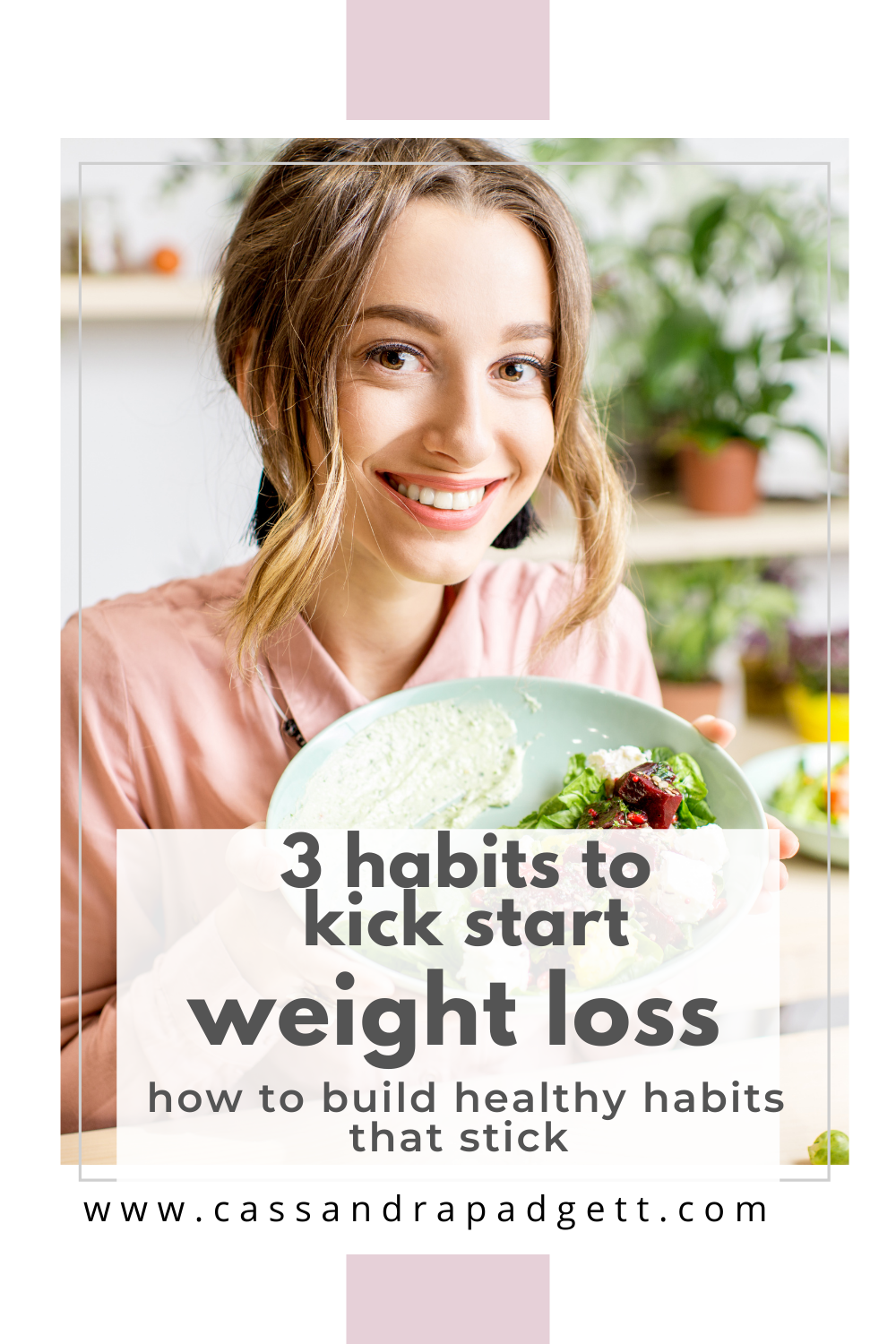Most moms I talk to want to break their nutrition patterns/obsessions to benefit their kids. They grew up either self-soothing with food or with body image issues stemming from their own mothers’ food or body comments.
Ready to learn how to break your own patterns so your kids can grow up with a healthy body image + a healthy relationship with food? High five! Here are four tips to get you started.
Tip One: the way YOU talk about your own body matters big time.
Breaking this cycle is not a “do as I say, not as I do” situation. It all starts with you, mama, and that means owning your own ish and taking note of how you talk about your body out loud AND silently in your mind.
Kids can pick up on your body language and they notice things you may not even realize… how often you’re weighing yourself, the words you use when you put on a bathing suit or try on clothes, how you act when they ask you to go swimming or out for ice cream. They notice if you’re talking about weight loss, counting calories, or stressing about weight gain.
It might seem overwhelming to overcome years (or maybe decades) of beating yourself up. I hear you. Put your hand on your heart and take a deep breath, and practice thoughts that are positive (or neutral) about your body. Remember: this isn’t about loving your body. it’s about talking about bodies in a neutral way without obsessing over how they look.
I HAVE a body (instead of **insert size commentary, etc.)
My body is capable of amazing things
I feel best in my body when I take care of it
I can take care of my body by ____________
My kids will learn to care for their bodies by how I care for my own body
Catching yourself in your old thought patterns is the first step to changing them.
Tip Two: all foods are neutral (aka no bad foods)
Saying some foods are bad for us (unless for example: the kid is allergic, or the food is moldy) can actually backfire and lead to kids obsessing over foods.
It might seem counterintuitive, but allowing kids some access to processed or sugar/salty foods can help them learn to self-moderate, especially when you’re asking questions like “I know you want more, and this ice cream is soooo delicious! But how do you think your tummy would feel if we had more ice cream? There is plenty left, let’s save some for tomorrow”, etc.
Including dessert, for example, as part of the weekly routine (I.e. on Tuesday and Friday we have dessert) it makes it planned, they know they can expect it a few times a week, and MOST importantly it’s not a bribe.
Including kids in planning meals, cooking, picking out foods at the grocery store, looking at recipes, etc. can help them feel empowered as meal-time participants.
Tip three: Don’t bribe with foods
I know this is a hard habit to break, and I even find food bribes flying out of my own mouth when I’m desperate. But using foods to bribe kids is just like labeling or making certain foods off-limits- it can actually backfire and lead to kids obsessing about foods, sneaking foods, and then when they access them, they feel scarcity so rather than listening to their hunger/fullness cues, they eat until stuffed.
Rather than bribing- as mentioned above, offer foods that kids love regularly.
An example of this: my 5-year-old LOVES mac and cheese. I offer it about once per week, and when I make the plate I also offer a protein (like shredded chicken for example) as well as a fruit and vegeteable. She has the food that she wants AND she can have it as part of a balanced plate. Win-win. Now, she doesn’t always want the veggie- but the point is that we offer foods that are less nutritionally-dense as part of a balanced meal.
Side note: nutritionally dense foods are foods like fruit, veggie, whole grains, lean proteins, healthy fats, etc. that provide the body with satisfying and healthful nutrients.
Calorically dense foods are the opposite. These are foods that are higher calories, lower in nutrition I.e. highly processed foods- chips, candy, fast-food, muffins, sweetened drinks, fried foods, packaged crackers, cookies, etc.
Tip four: modeling a healthy relationship with food + exercise
Talking about food and exercise in a positive way is key in helping kids learn their own healthy habits. This isn’t so much about lecturing but narrating your own experience
“Wow, I love how I felt after I got some fresh air and went out for a walk. How does your body feel when you go outside to run/play/etc.?”
My body is telling me it’s hungry! I feel a little grumble in my belly. How does your body tell you it’s hungry?
My body is starting to feel full. I still have food on my plate, but I’m done eating. How is your belly feeling?
Ooops I had a little bit too much candy and I have a belly ache! Silly me. How does your body feel when you have a lot of sugar?? What do you think mommy should do next time?
I like to put my fork down between bites because it helps me slow down when I’m eating. Do you know why it’s important to eat slowly? (Discuss mindful eating, slowing down, enjoying food, stopping when satisfied, etc. )


















